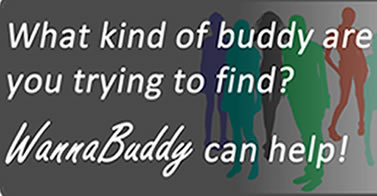 Many of us have a sweet tooth. In some cases that comes
with a tendency to gain weight. Related? Maybe so. In desperation, we often
replace sugar-sweetened foods and beverages with artificially-sweetened
equivalents. That’s better for us, right? Well, possibly, but possibly not.
Many of us have a sweet tooth. In some cases that comes
with a tendency to gain weight. Related? Maybe so. In desperation, we often
replace sugar-sweetened foods and beverages with artificially-sweetened
equivalents. That’s better for us, right? Well, possibly, but possibly not.
There’s the pink packets, the blue packet, the yellow
packet. We all have our favorite. Various ways to get the sweetness we crave
without the calories we hate. Each of these artificial sweeteners fools our
taste buds into reporting a sweet taste, why contributing nearly nothing to our
daily calorie intake.
Saccharin started the parade of bad news about artificial
sweeteners back in the 70s when it was linked to cancer in lab rats. Clearly,
lab rats should not drink diet sodas. Nonetheless, saccharin was labeled a
carcinogen and banned in the U.S. as a result.
In reasonable quantities, it seems that the current crop
of artificial sweeteners is safe, at least as safe as everything else we eat.
Like most things, too much of an artificial sweetener can be a bad thing. Some
of these “bad things” are just a nuisance, like eating too much sorbitol
(common in sugar-free candy) can lead to bloating and diarrhea.
There is also the working theory that using artificial
sweeteners can confuse our bodies. The theory postulates that our bodies get
used to tasting sweet things that don’t require the secretion of insulin for
digestion. Then, when we actually eat naturally sweet (and caloric) foods, we
don’t produce enough insulin, triggering fat deposits. It’s an interesting
theory and some small studies seem to support it, but there’s a lot more
science required before it receives main stream acceptance.
So if too much artificial sweetener is bad for you, how
much is too much? It turns out that the level of ingestion that the FDA
considers dangerous is so extreme that nobody will reach that level without
other, more serious, issues. Think 20 cans of soda or 100 cups of coffee in a
day. You’d wear out the door to your bathroom before the sweetener’s effects
were an issue.
What really matters is eating a balanced diet, overall.
If you follow the new “plate” model for proper meal planning, an artificially-sweetened
soda in the afternoon isn’t going to be a problem.
Cheers!




No comments:
Post a Comment